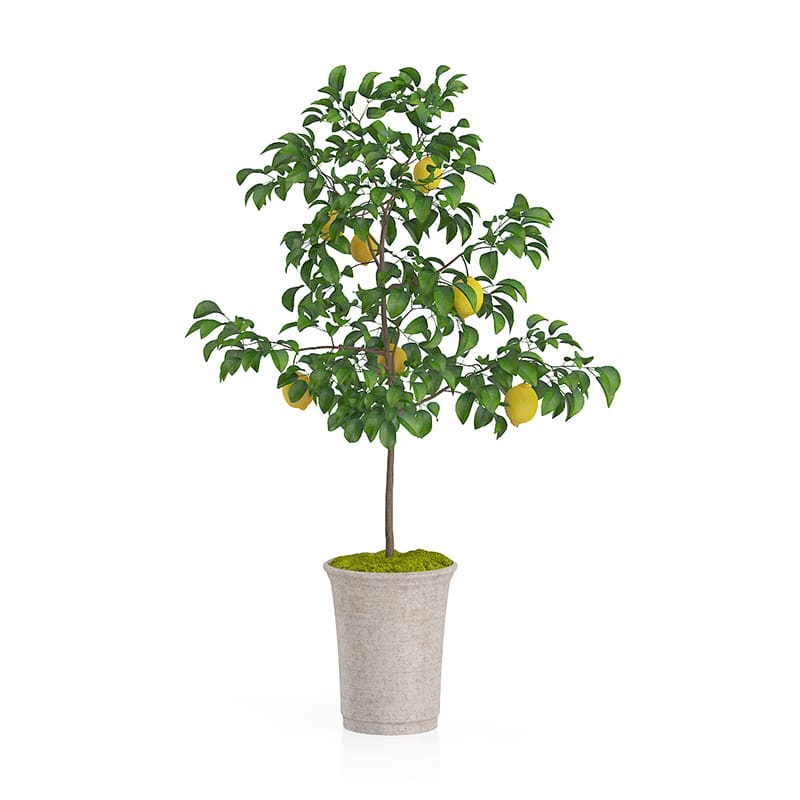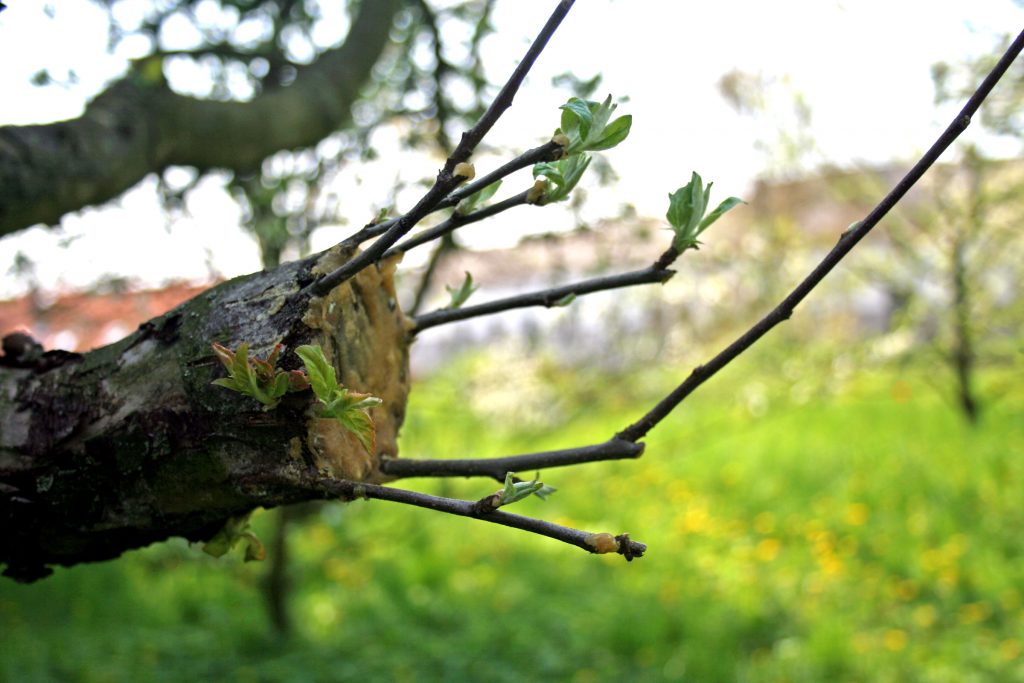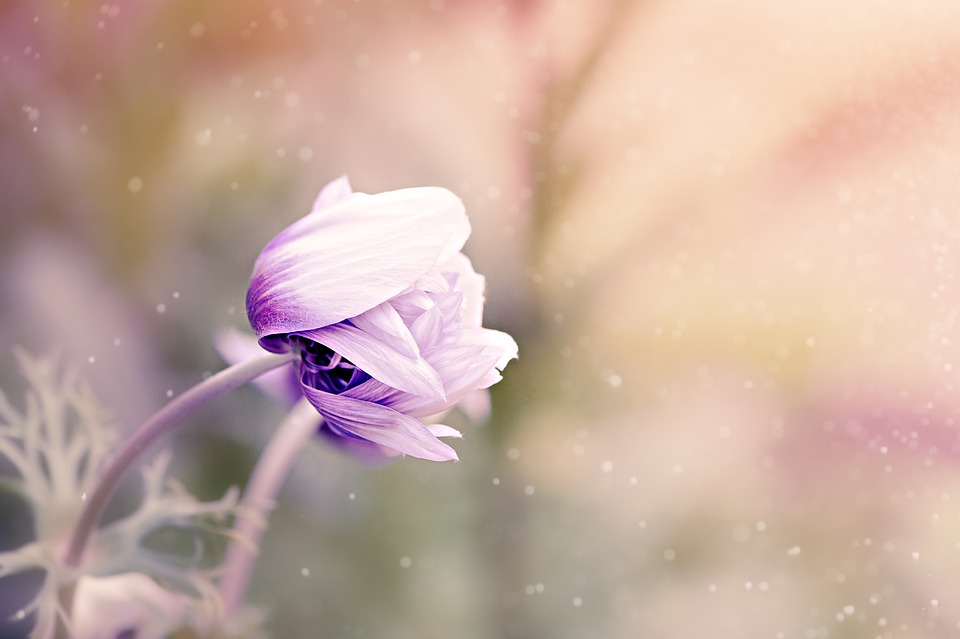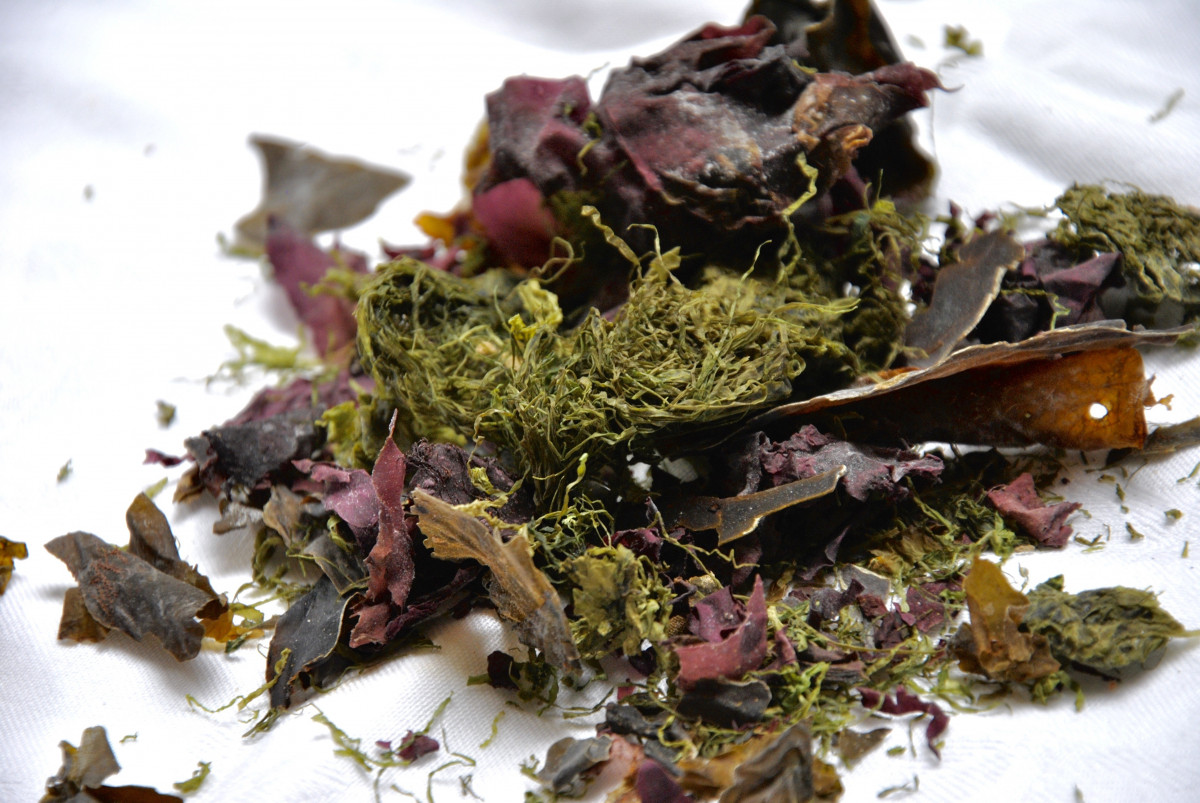Often, especially for the inexperienced, potted lemons suffer; their leaves fall off, and they gradually dry out completely.
While growing potted lemons is not difficult, there are a few precautions that, if neglected, will almost certainly result in potted lemons drying out.
Unlike other fruit trees, lemons are exceptional plants that can bear fruit 12 months out of the year, and at the same time, you can find flowers, small fruits, and ripe fruit on the same plant.
When unusual leaf, flower, or fruit drop occurs, the cause must be understood. We will address the most common problems, but each case must be evaluated individually to provide the proper treatment.
1) Lemons Suffering From Lack of Fertilizer
One of the significant factors causing potted lemons to dry out is the lack of or inadequate fertilizer. Potted lemons need nutrition. Simple watering is not sufficient, and plants that are not fertilized will weaken and lose leaves and fruit. Therefore, fertilizer needs to be replenished monthly to obtain healthy plants.
- Microencapsulated granular or liquid citrus fertilizers provide essential nutrients such as nitrogen, phosphorus, and potassium.
- Chelated iron doses are used to maintain constant iron levels in the soil. It is essential for photosynthesis, and a lack of iron causes yellowing, leaf drop, and plant death.
- It is best to distribute lupines on the ground, mixing them with topsoil and burying them lightly.
- Then, before or when yellowing symptoms appear, administer iron chelate to both the leaves and the soil. Lemons need citrus soil, with a Ph of about 6 to 6.5.

2) Insufficient Light
Lemon trees prefer a sunny, bright location sheltered from the wind. Move the plant to a more promising location if it is not in full sun, as this will stress the plant.
Terra cotta pots are recommended because they are easier to manage the roots than plastic ones, and the soil is less likely to overheat and lose water because of sun exposure. As with other plants, lemons are particularly prone to water retention, so as always, it is essential to drill holes in the pot.
3) Lemon Diseases
Other causes of lemon death include pathogens and insect pests.
Pruning can reduce the growth of primary pathogens and insects. This is because this type of plant grows more efficiently in a humid environment protected from sunlight. Therefore, pruning means removing all branches that extend toward the inside of the foliage to free the inside of the leaves and improve air circulation.
On the other hand, the main pathogens that attack lemon plants are snakeberry, aphids, cochineal, and dry rot. These insects occur mainly in spring, early summer, and late fall and harden the entire leaf blade, resulting in defoliation. When infestations are extremely low, a mechanical remedy is removing and incinerating only the infected leaves.
Another very annoying insect that attacks lemons, especially if kept in a humid environment with little light, is the mealybug, which can be removed by hand rubbing one leaf at a time with a cloth, provided the infestation is low.
If the infestation is more invasive and numerous, mineral oil can be used to spray both the upper and lower leaves and the stem and trunk area.
Other insects that attack lemons include red mites and aphids, which occur and multiply, especially in the summer when temperatures are very high. These insects are very troublesome because they rob the plants of their sap and cause the leaves to turn yellow. These insects do not like water, so increase the frequency of watering.

Let us know if these few tips have helped you in the comments below!



